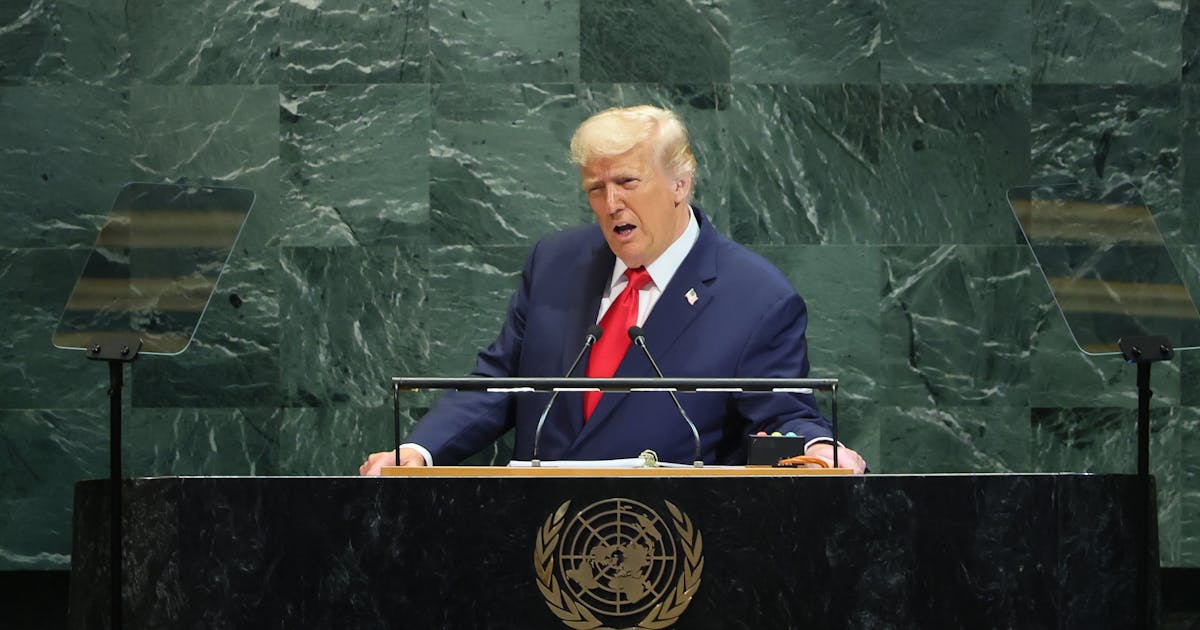There’s no one-to-one substitution, in other words, between “fossil fuels” and “clean energy.” As Jean-Baptiste Fressoz writes in his fascinating history of transition thinking, More and More and More, what have been understood as previous energy transitions—i.e. from wood to coal—have in reality been a “symbiotic expansion of all energies.” Wood built the railroads that ship coal, and continues to provide heat for the poorest third of the world’s population. As of 2019, wood generated “twice as much energy as nuclear fission, twice as much as hydroelectricity, and twice as much as solar and wind power combined,” Fressoz notes.
Some kind of change is happening in the global energy system. Transition is probably the wrong word for it. More than 20 percent of cars sold worldwide in 2024 were electric. Solar power is 41 percent cheaper and wind power is 53 percent cheaper globally than the lowest-cost fossil fuel, a report released by the U.N. this summer states. Yet the changes required to align corporate and governmental priorities behind the project of limiting warming to two degrees Celsius don’t resemble the smooth, lucrative curve Carney envisioned a few years ago. “The climate imperative,” Fressoz writes, “does not call for a new energy transition, but it does require us to voluntarily carry out an enormous energy amputation: to get rid, in four decades, of the proportion of the world’s energy—more than three-quarters—derived from fossil fuels.”
Until it became a popular buzzword in climate circles, as political scientist Jonathan White points out, talk of transition among wonk-ish types often referred to attempts to turn former Eastern Bloc countries into market economies. These transitions were painful and chaotic for the people living through them, and extraordinarily lucrative for opportunistic ex-Soviet elites who laundered mass privatization into vast fortunes with the help of Western advisors. The idea of a green transition, by contrast, “evokes a drawn-out process under the control of elites, clear in its destination and receptive to expertise,” White writes. “It pictures an old order in steady retreat, and a new one on the path to consolidation.”
